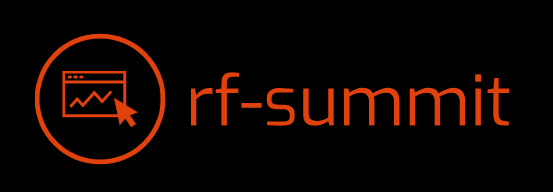Understanding the Latest SBA Loan Updates
Understanding the 7(a) Loan Program Changes
The SBA’s 7(a) loan program, the most popular, has seen some adjustments recently. Key changes often revolve around loan limits, which are periodically adjusted to reflect economic conditions. These changes can impact the amount of funding available to small businesses and the eligibility criteria. It’s crucial for business owners to stay updated on these limits, as they can significantly affect their borrowing power. Furthermore, the SBA occasionally revises its documentation requirements, sometimes simplifying the application process and other times adding layers of verification to ensure responsible lending. Keeping an eye on these changes is essential for a smooth application.
The Evolving Landscape of SBA 504 Loans
SBA 504 loans, designed for larger capital acquisitions like real estate or equipment, also experience periodic updates. These changes often affect the terms and conditions associated with these loans, such as interest rates and the required down payment. Changes in the real estate market, for instance, might prompt adjustments to the loan program’s parameters. Understanding these updates is crucial for businesses planning significant investments, as it directly affects their financing costs and the overall feasibility of their projects. Staying abreast of these changes is particularly important for businesses in industries sensitive to economic shifts.
Impact of Economic Factors on SBA Loan Availability
The availability of SBA loans is closely tied to the overall economic climate. During economic downturns, the SBA might increase its lending to support struggling businesses, potentially relaxing certain eligibility criteria. Conversely, during periods of economic growth, the SBA might tighten its standards to manage risk. This means that the ease with which a business can secure an SBA loan can fluctuate. It’s wise for businesses to monitor economic indicators and understand how they might influence their chances of loan approval. Understanding the economic context is crucial for realistic loan application planning.
Navigating the Microloan Program Adjustments
The SBA’s microloan program, tailored for smaller businesses and startups, often sees updates aimed at improving access to capital for underserved communities. These updates may include changes to the maximum loan amounts, the types of businesses eligible, or the required paperwork. These changes can be particularly impactful for entrepreneurs in historically disadvantaged areas. Staying informed about these modifications is critical for these businesses to leverage this valuable funding source. Furthermore, the SBA actively seeks to refine its outreach and support systems, improving the application and approval process for these smaller loans.
Understanding Changes in Eligibility Requirements
Eligibility requirements for SBA loans are subject to change. Factors such as credit score, business history, and industry can all influence eligibility. The SBA regularly reviews and updates these criteria, aiming to balance risk management with equitable access to capital. These changes can significantly impact a business’s ability to qualify. Therefore, regularly reviewing the current eligibility requirements is essential before applying. Businesses should familiarize themselves with the current standards to avoid delays or rejections during the application phase.
Keeping Up-to-Date with SBA Loan News and Resources
Staying informed about SBA loan updates requires




